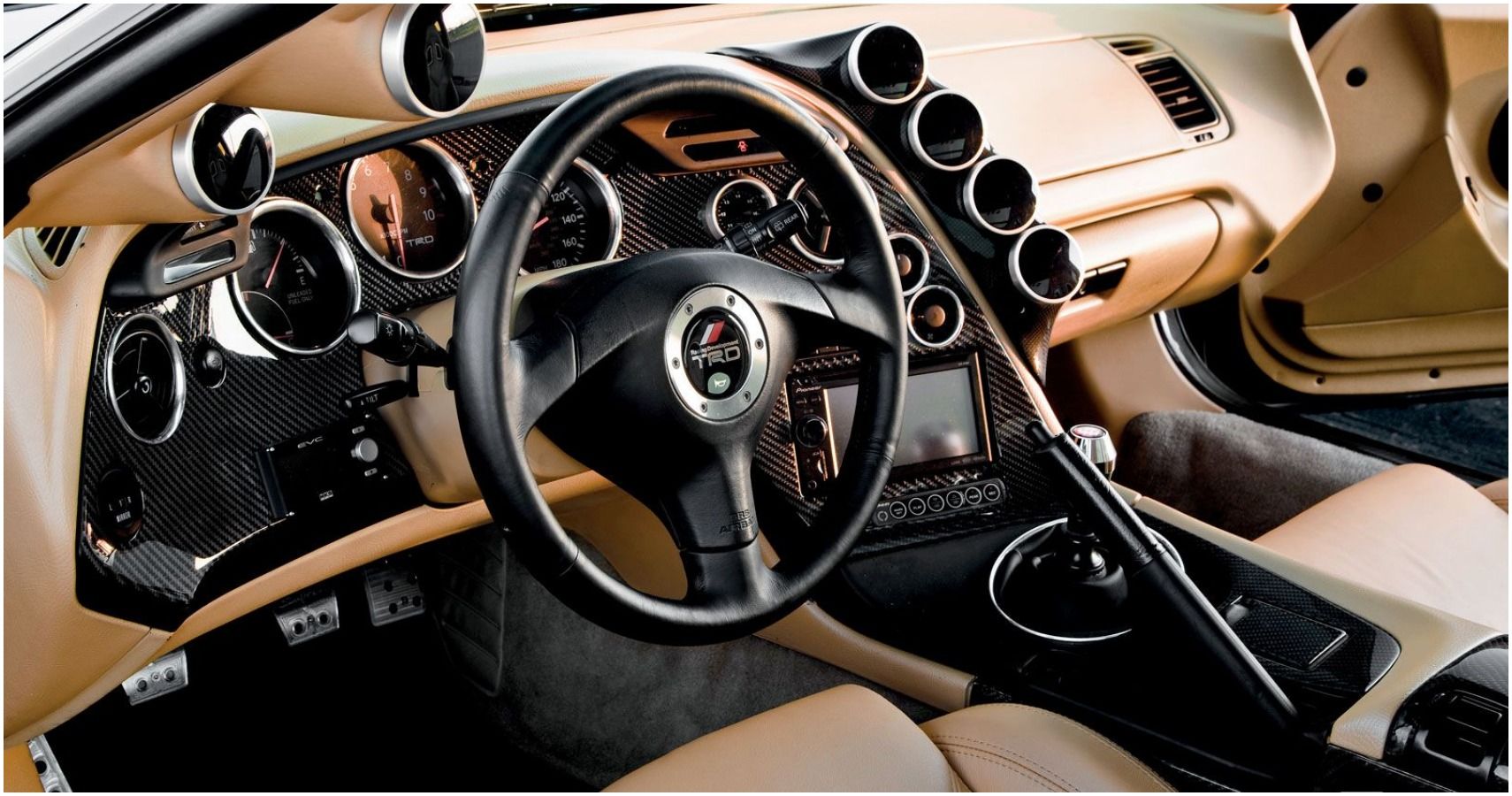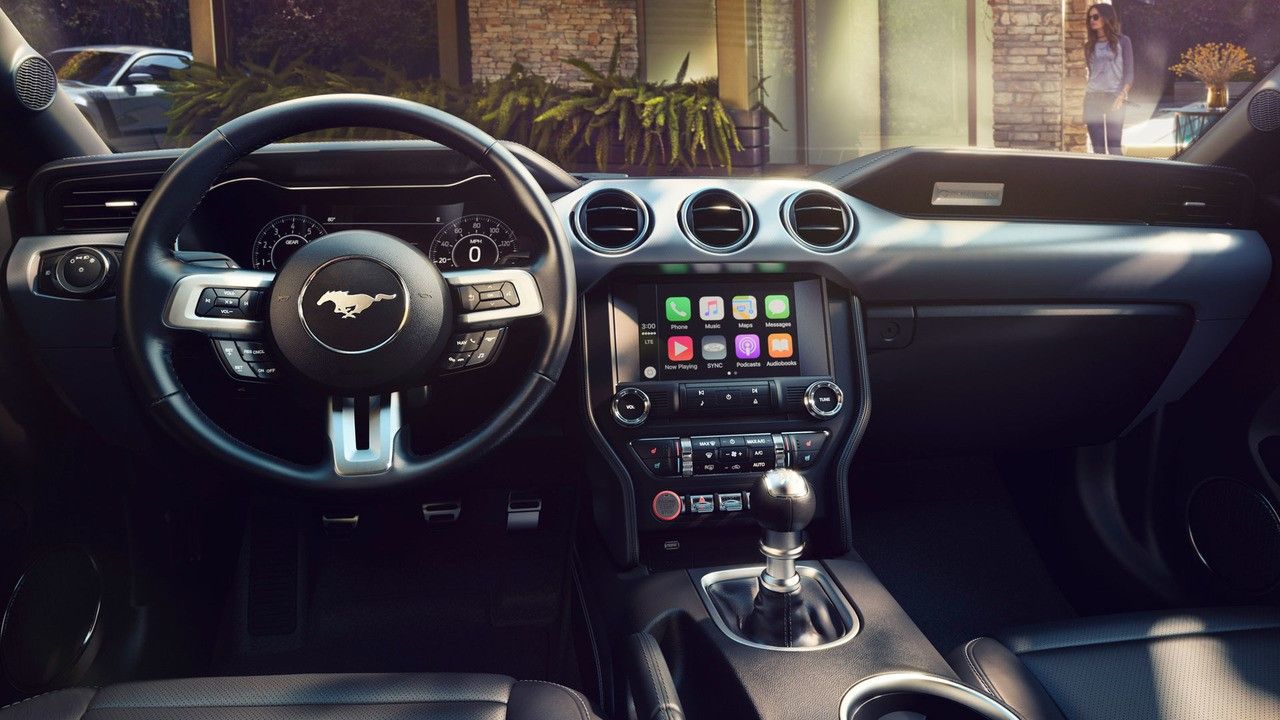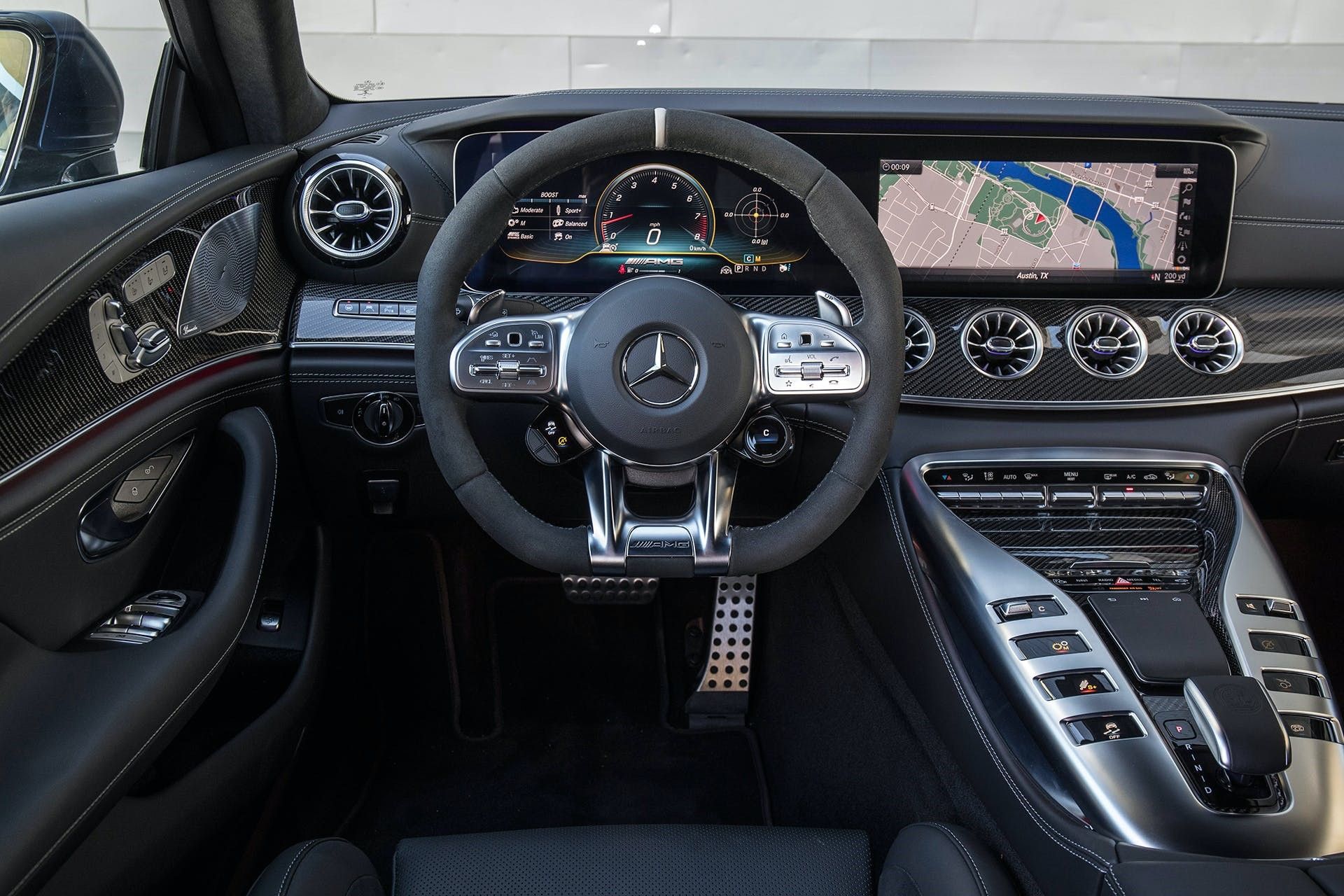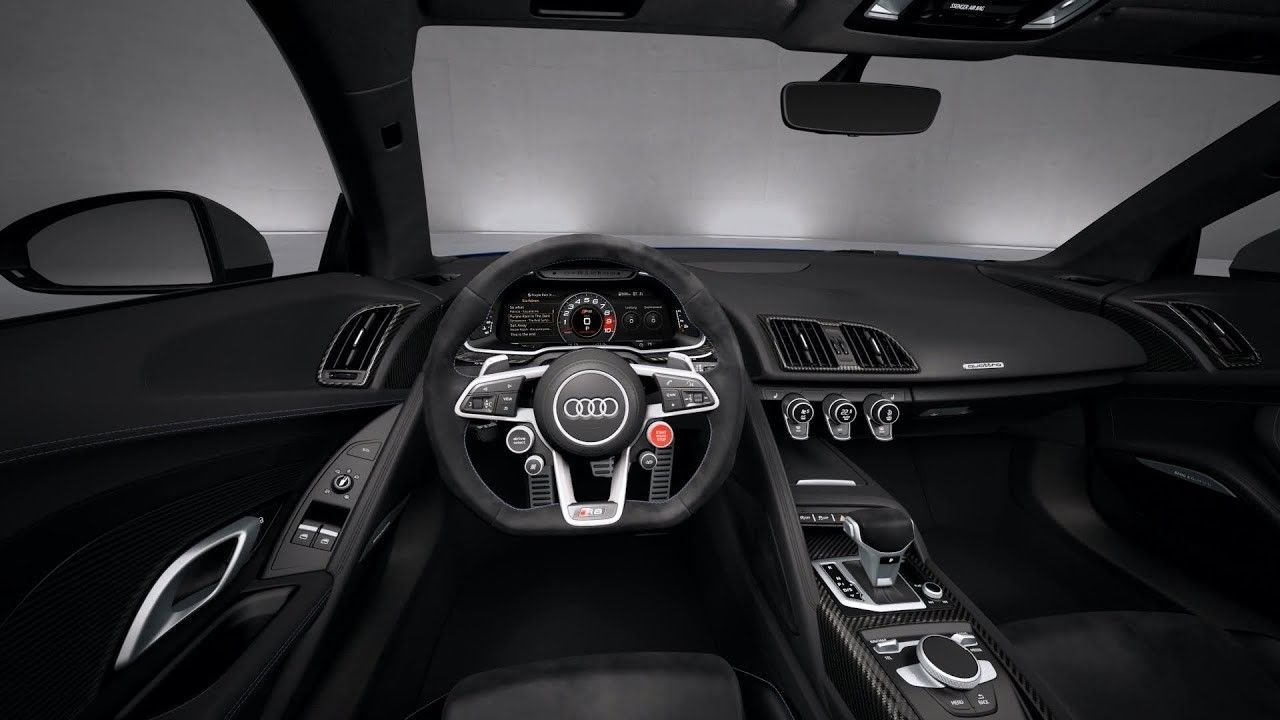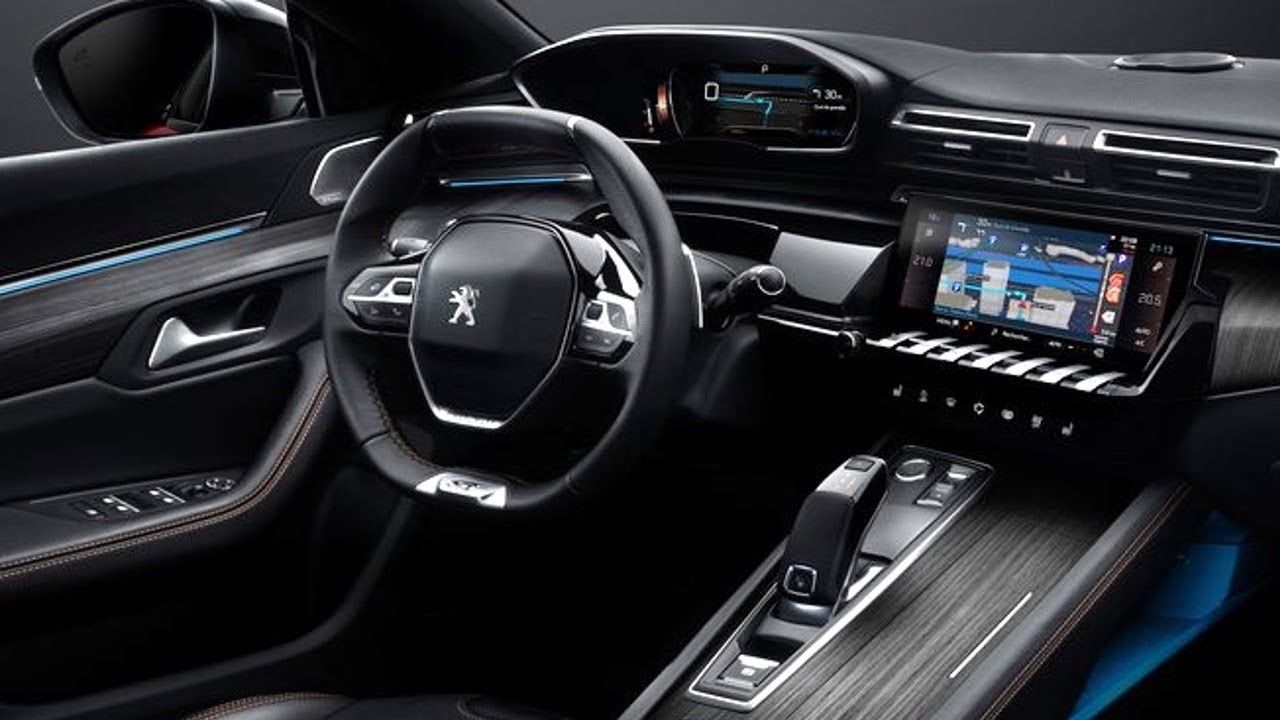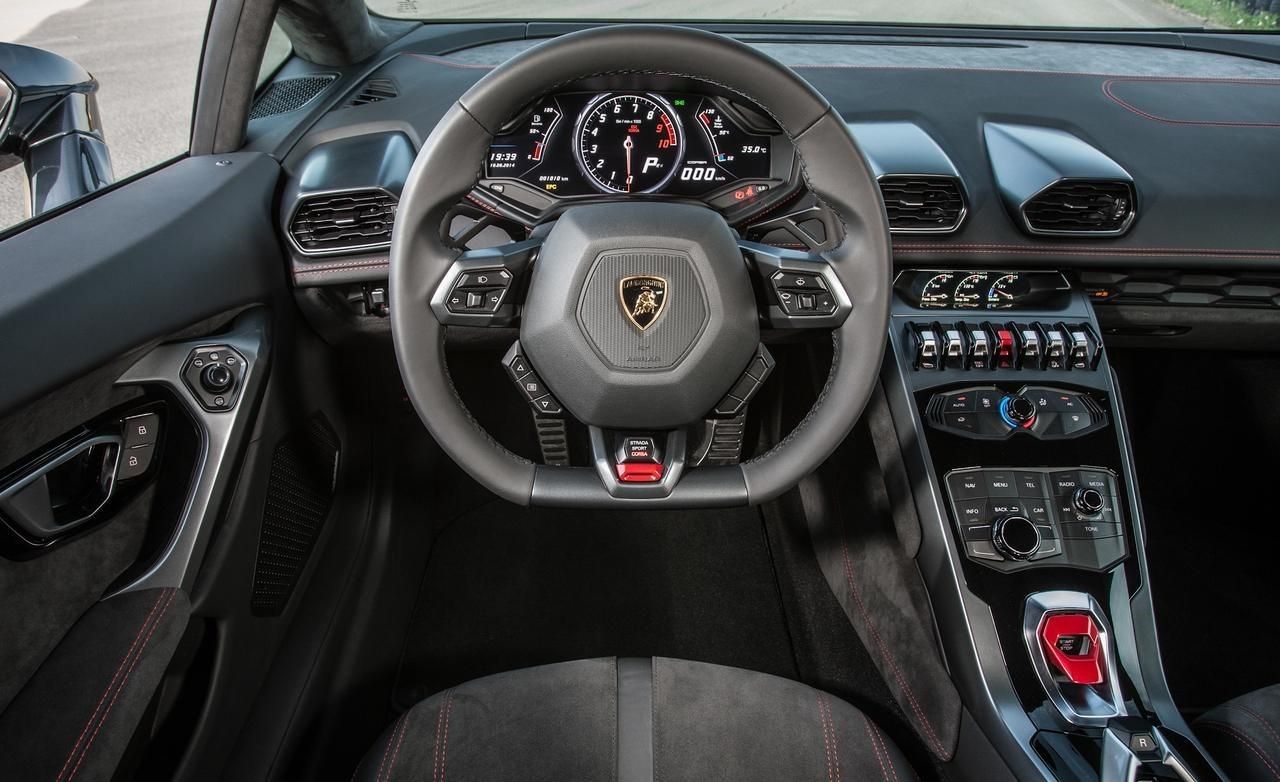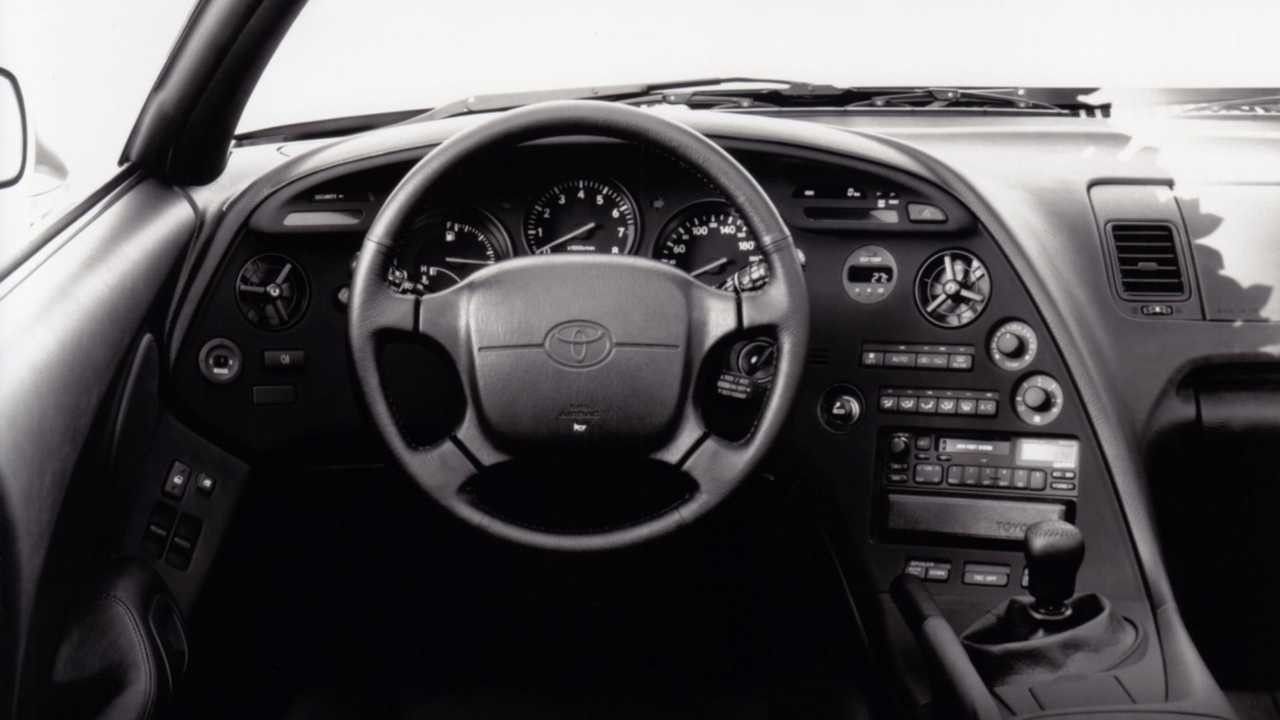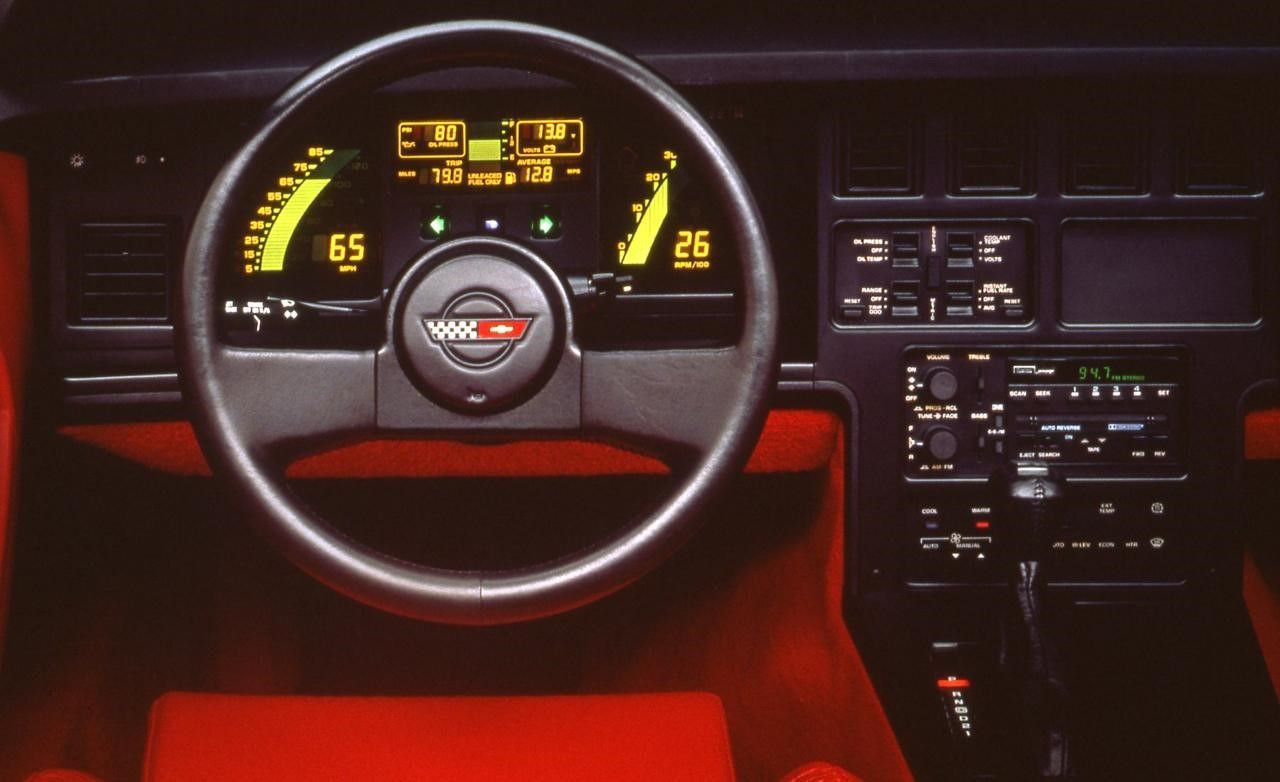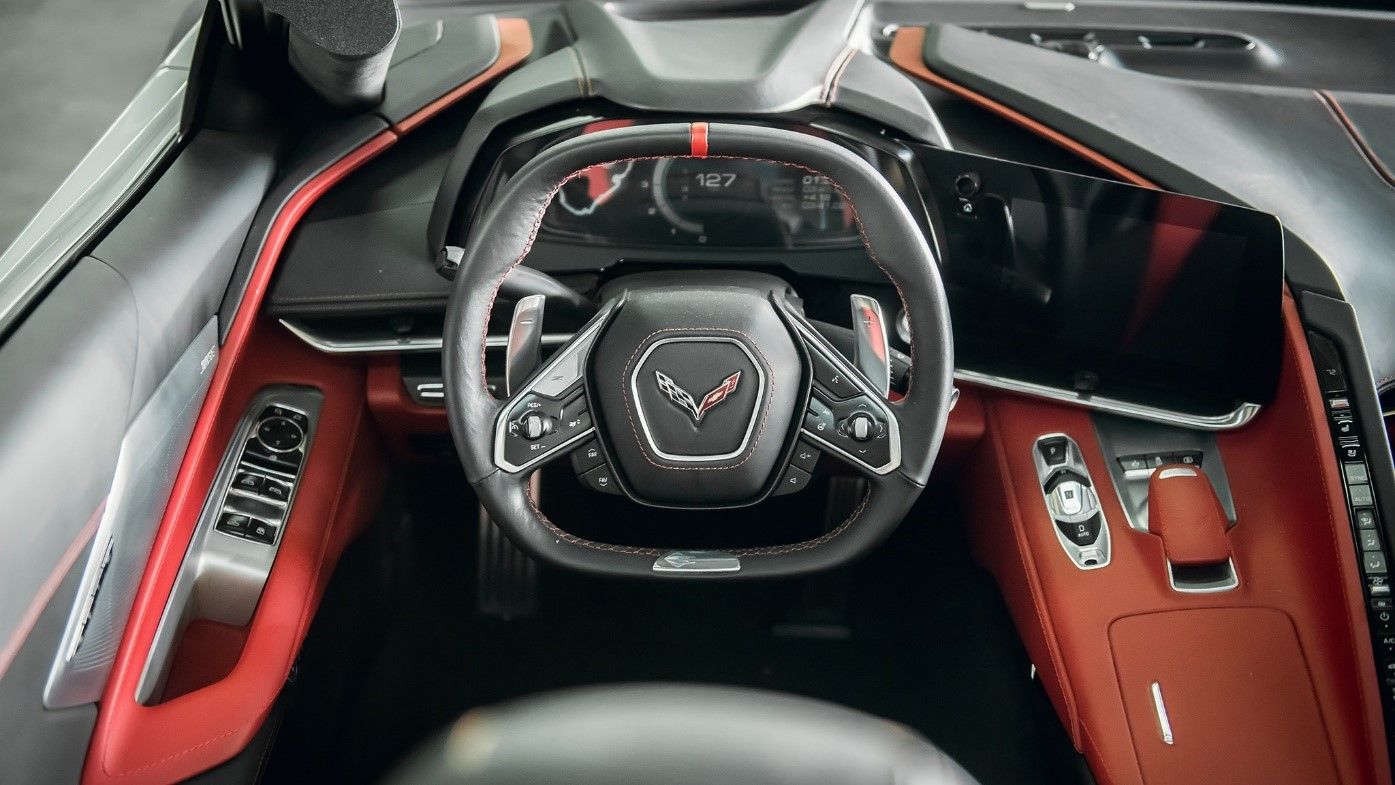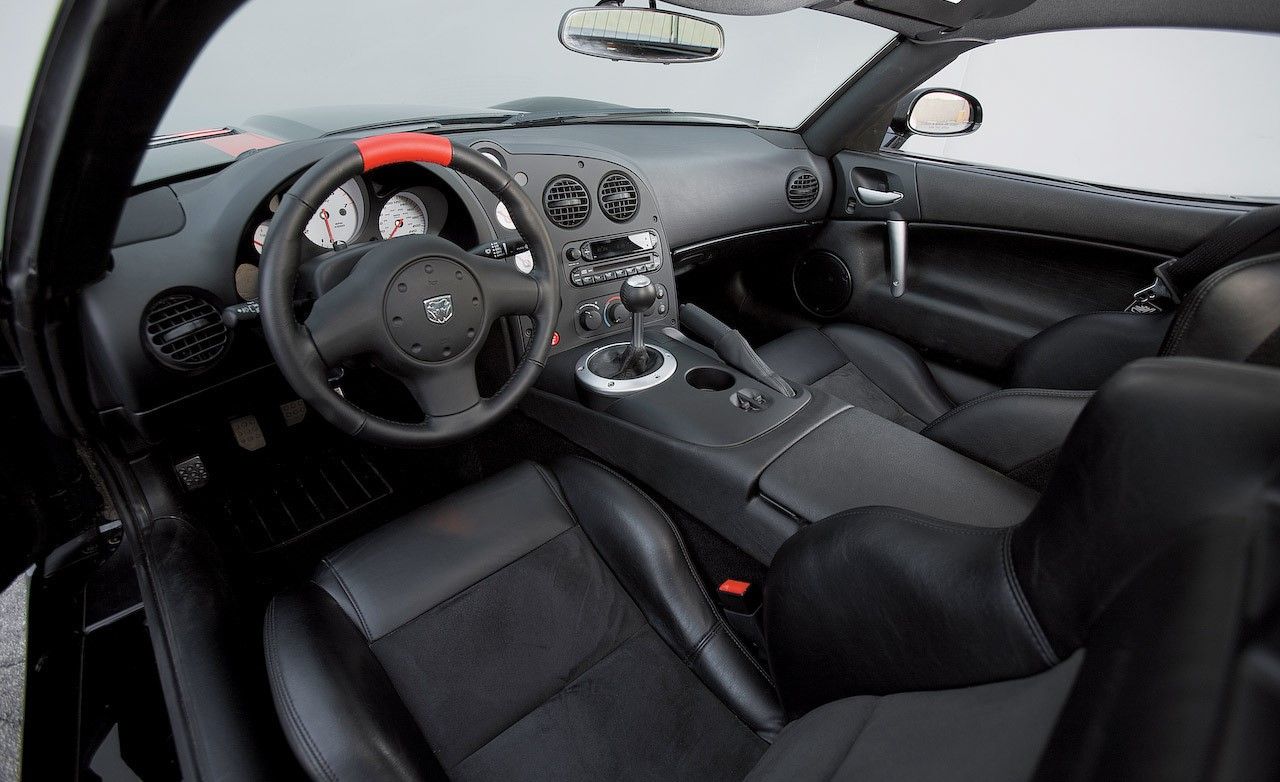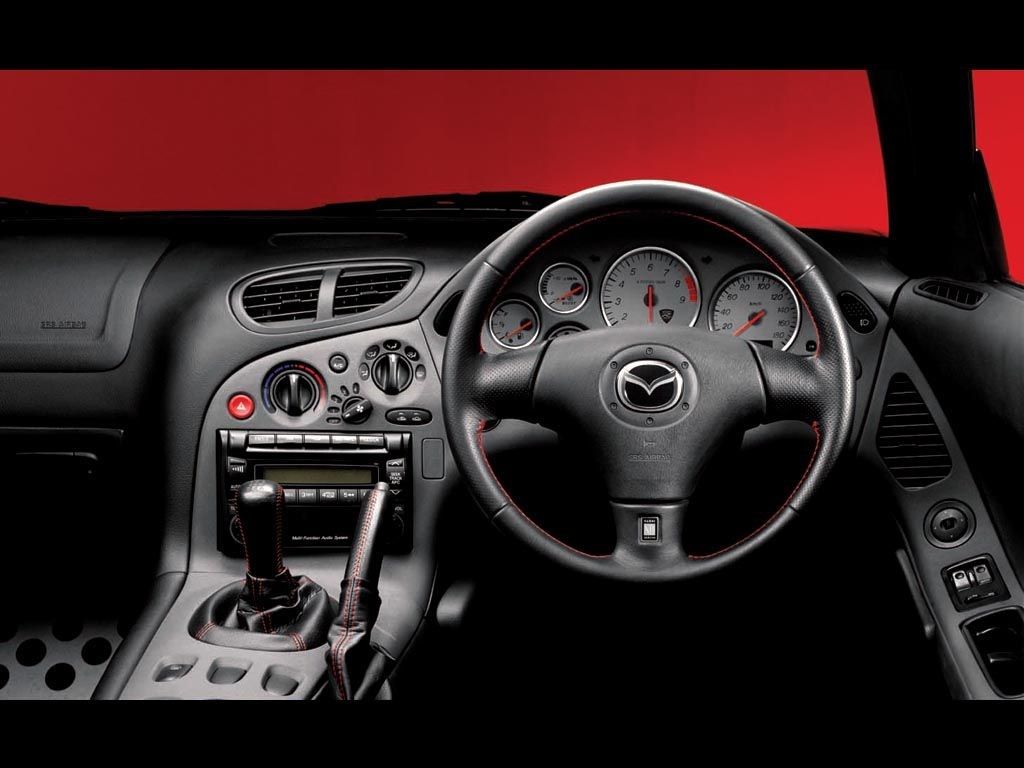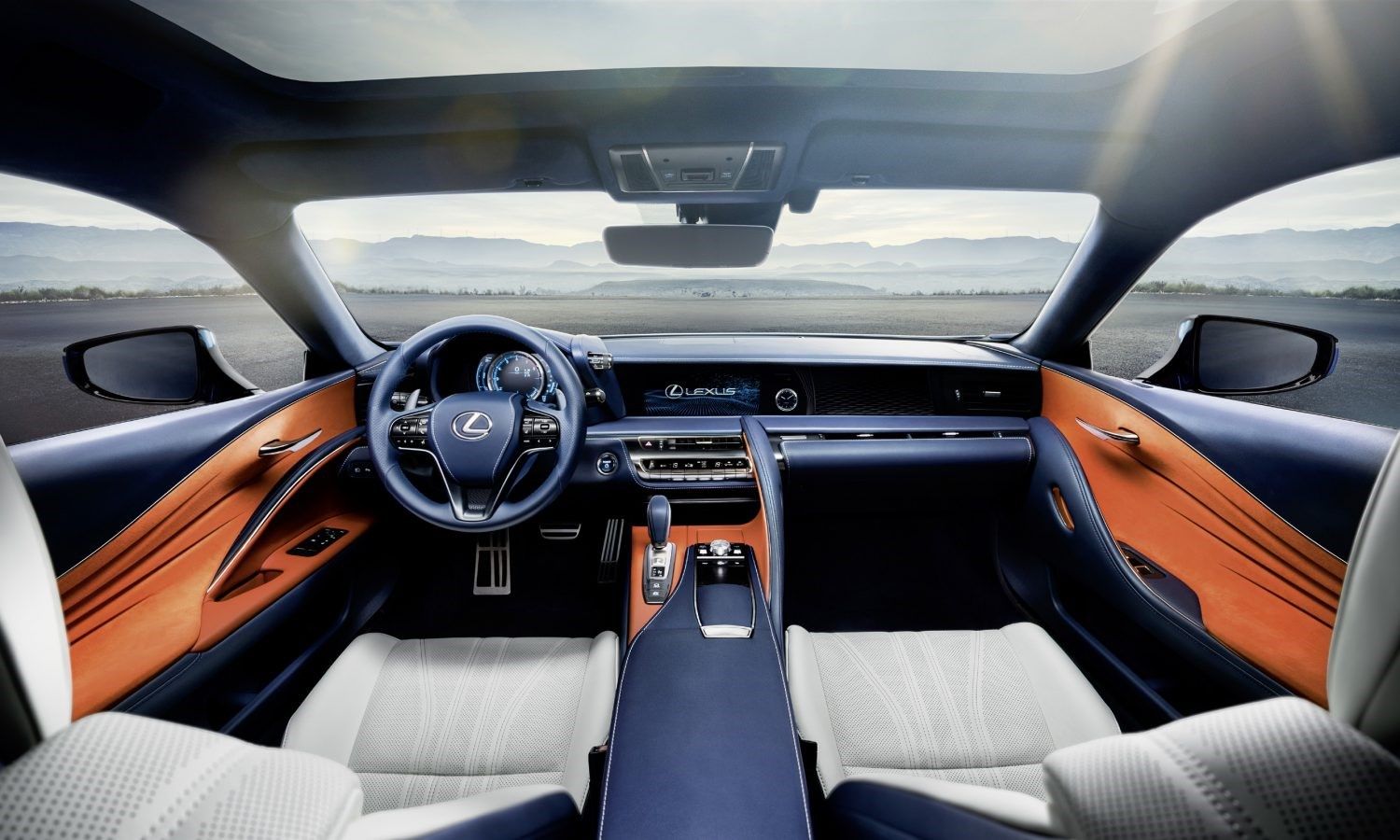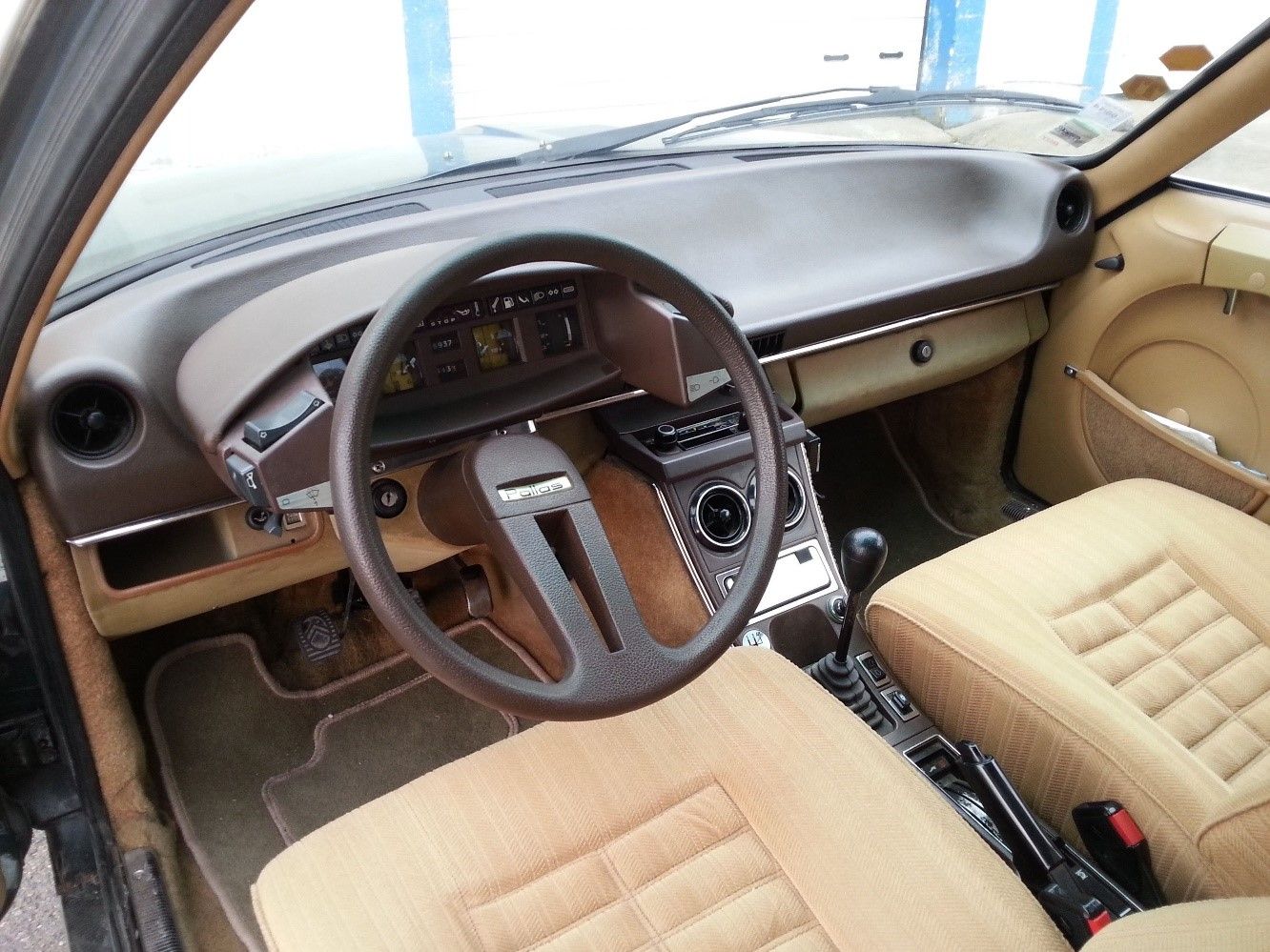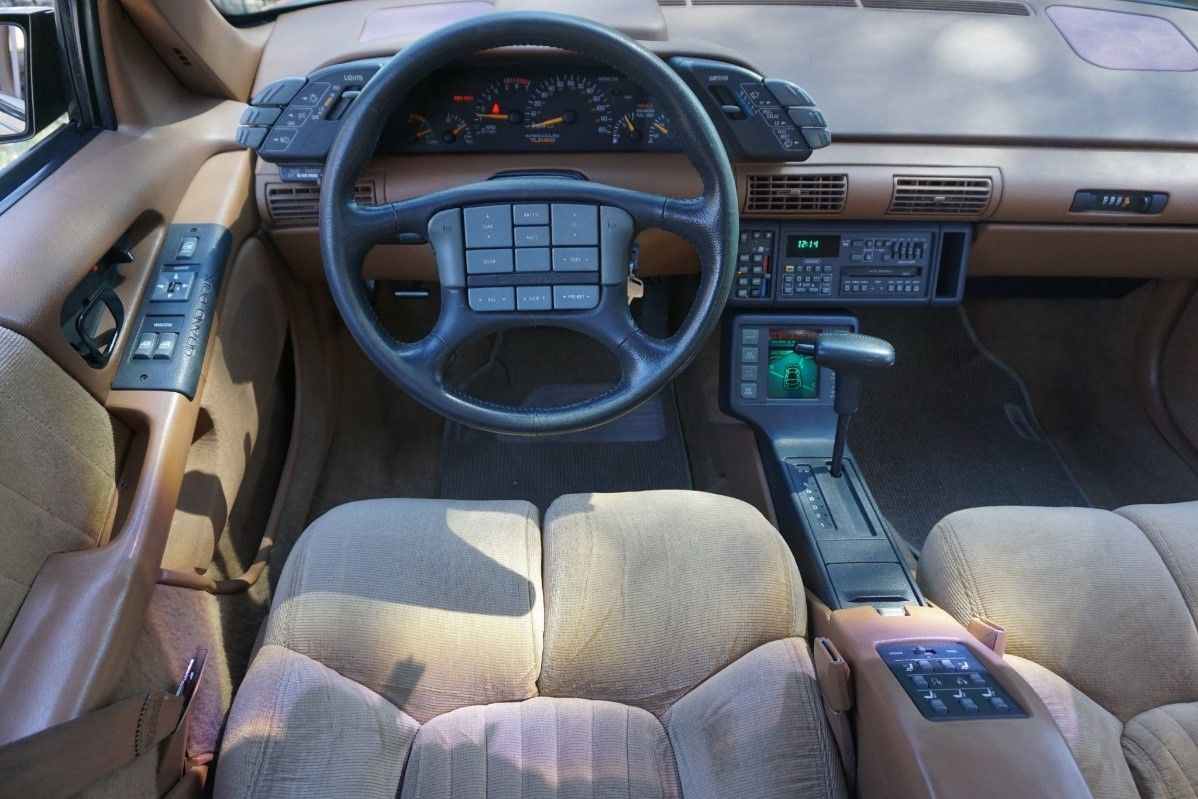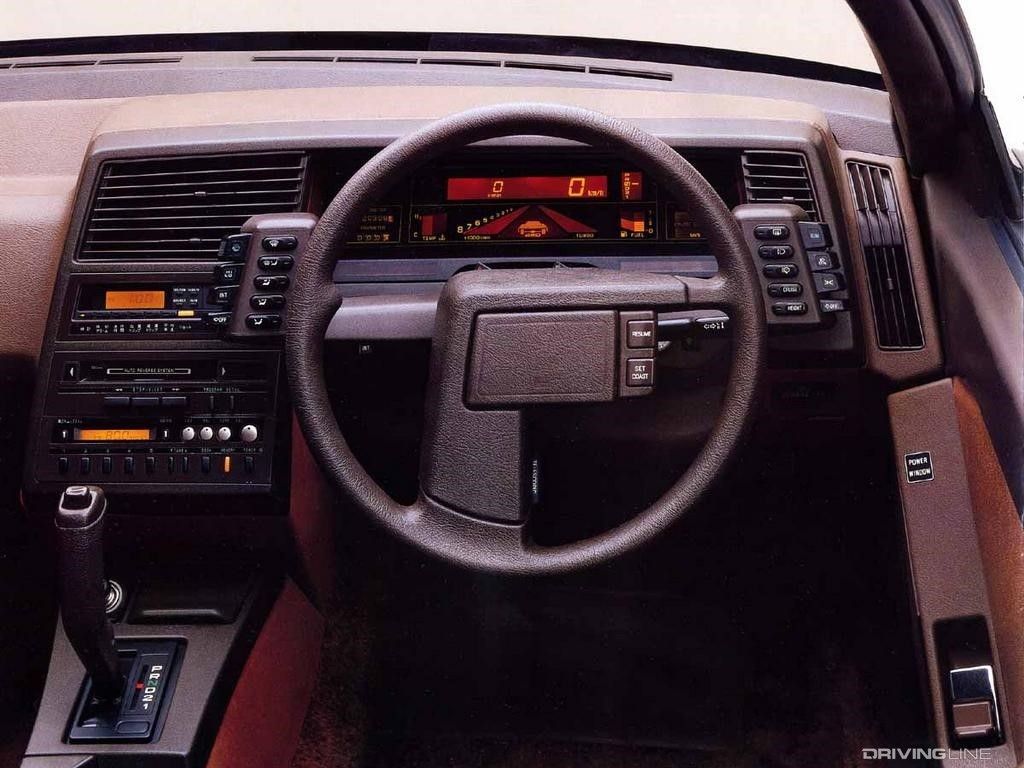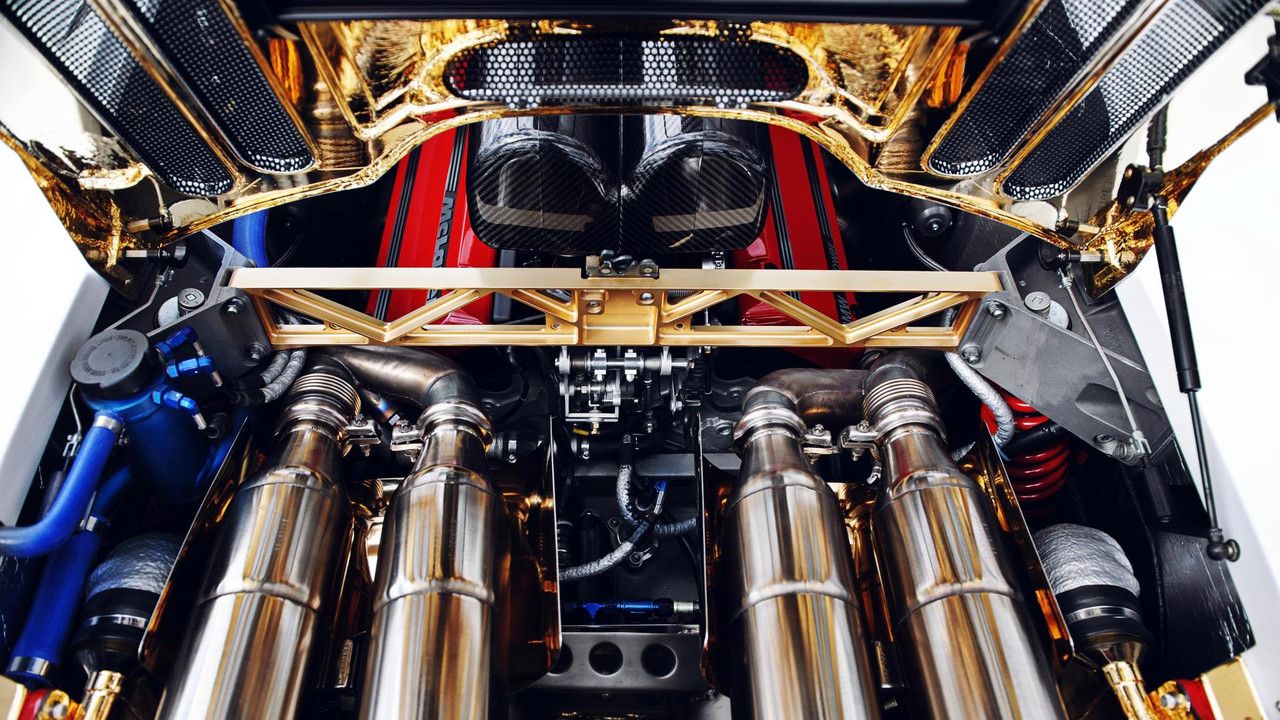When we have conversations about car design, it's far too often that the exterior of the car is the main focus, and only on real high-end cars does the interior get the same attention as the exterior. Most interiors on ordinary cars are largely the same: the steering wheel and gear selectors where they should be, a few air vents scattered around, and a central stack of HVAC and infotainment controls. It's a simple recipe really, and one that has worked for decades of car production.
Though most car interiors stick to these relatively straightforward standards, there are a few of them out there that have taken interior design in a very distinct direction to give the driver a "cockpit" feel, in other words making the driver feel as though he or she is sitting at the controls of an F-22 fighter jet, rather than a used sports coupe that makes them look rich. These types of interiors usually have some variety of gauge cluster screen(s), a dashboard angled towards the driver and at least a few buttons in places you might not expect to find them.
This list will cover 15 of the most cockpit-like interiors you can find in cars today, old and new.
15 2015+ Ford Mustang
Back in the '60s when the original Mustang was being developed, part of the inspiration for its name came from the P51 Mustang fighter planes flown by American pilots in World War II. It's only natural that that plane's namesake's interior have some kind of aeronautical influence. The S550 Mustang's interior design is relatively tame, but you can easily find some aviation touches, like the toggle switch controls by the shifter, the dual-cowl dash design and even an inscription on the speedometer that reads "Ground Speed."
14 Mercedes-AMG GT
In performance terms, Mercedes-AMG's front-engined bruiser can go toe-to-toe with Porsche's best under just about any circumstances. Where it beats its main rival is in its driver-focused cabin. While the Porsche has a restrained, classic design, the Merc is more enveloping, surrounding the driver with a variety of controls on the door, the steering wheel and the center console, which rises up from the floor to present the touchpad for the center screen, the shifter and all the switches for performance settings.
13 Audi Virtual Cockpit (Audi R8 shown)
Nowadays, the VW Group uses the core principles of Audi's Virtual Cockpit design (the gauge cluster screen and steering wheel controls) in just about every new car, but when it first launched a few years ago it was reserved only for Audi's top sports cars. Whether you could "only" afford a TT RS or stretch your budget for an R8, you would be greeted by Audi's ingenious driver-focused cockpit. No center stack screen to distract, only some intuitive HVAC controls and a handful of buttons. Every other piece of information is fed directly to the driver through the gauge cluster screen.
12 Peugeot 508
Not too long ago, the general consensus on French cars was that while they were stylish, most were pretty flat to drive and not all that well-made. Of course, here in North America, we've missed out on all French vehicles since the mid-80s, so we never saw the decline and recent rebirth of sweet French cars. The latest Peugeot 508 is leading this charge, with a handsome exterior and the fantastic interior you see pictured above. It uses twin screens, a clever gear lever and toggle switches for basic controls.
11 Lamborghini Huracan
With a Huracan, the whole car is designed like a fighter jet, not just the interior. Lamborghini has given every rich lawyer and every social media influencer the chance to feel like a minor character from Top Gun. The design steals some cues from Audi's Virtual Cockpit, condensing all the information to the gauge screen. Once again, we see some very nice toggle switch controls, a concise center stack, and of course, the Lambo signature flip-top cover over the start button, mimicking a fighter jet's missile launch button.
10 MK4 Toyota Supra
Even in the days long before every car came with one or more LCD screens, interior designers were still working on driver-focused "cockpit" layouts in the sports cars of the era. One of the best examples of this is the MK4 Supra, a car that has become a permanent part of the car cultural zeitgeist. The whole center stack is angled towards the driver, and the center console rises up to present you with a stubby but very intuitive gear lever. The passenger, meanwhile, gets a slab of black plastic that looks straight out of a Camry.
9 Chevrolet Corvette C4
If the Supra of the 1990s has a clean and functional cockpit interior, the Corvette of the 1980s takes a much more retro-futuristic approach, with its linear digital gauges, complicated Hi-Fi controls, individual buttons and switches for everything and a thin, two-spoke steering wheel giving you an unobstructed view of the sickly green glow from the instrument panel. The lines are straight and clean, but it's hard to look at that interior without noticing how badly the gauges date the car.
8 Chevrolet Corvette C8
The interior of the new C8 Corvette is an indication of just how far the nameplate has come since its inception. Of course, the big news with the C8 is its mid-engine layout, a first for a Corvette, but this new approach to making sports cars has allowed the interior designers to set the car apart from both its predecessors and its competition.
Its twin screens are right in front of the driver directly in the line of sight. Its squared-off steering wheel and tall aluminium shift paddles mimic an aeroplane's yoke, and the strip of buttons down the spine of the center console just augment the aeronautical feel of the cabin.
7 Dodge Viper
The original Viper from the 1990s had a disappointingly sparse, cramped and cheap-feeling interior. It wasn't until the second-generation cabin (pictured above) that things started to take shape. We can see an attempt at an MK4 Supra-like center stack angled at the driver and the typical tall center console, putting the Viper's notoriously stiff shifter at just the right height. Plastics were still cheap - this is, after all, a Chrysler product - but the overall design became more comfortable, more concise and driver-focused.
6 Mazda RX-7 FD
Japanese interior designers have a real talent for keeping things simple and intuitive, making everything accessible at the driver's fingertips. This kind of design has a profound effect on the immersion of the driving experience, allowing the driver to focus on the task at hand rather than fumbling around for controls. The last of the RX-7s, the legendary FD, has one of the best such Japanese sports car interiors. While it lacks some of the visual flairs of the MK4 Supra, its raw functionality makes it an even better driver's car.
5 Lexus LC500
Jumping from 1990s Japan to modern-day Japan, may I present to you the Lexus LC500 interior in all its glory. Every line flows from something and into something else, guiding your eyes in an easy sweep all the way across the dash and down the door panels to the seats. You can't feel it through your screen, but the materials used in this severely underrated GT car are mindbogglingly good, making it feel like a much more expensive product than it is.
4 Citroen CX
This Gallic curiosity comes from a time even before the decline, when the memories of Citroen's groundbreaking DS and astonishing SM were still fresh and the demand for quirky French cars was still strong. The single-spoke wheel is a Citroen signature, and all the controls are scattered around the cabin in unexpected but surprisingly intuitive places, sort of like the cockpit of a Cessna 182, which is another cabin that looks its best in late-'70s brown-on-beige.
3 Pontiac Grand Prix ASC McLaren
The Pontiac Grand Prix ASC McLaren is one of the coolest General Motors cars you probably forgot about. Here's a quick refresher: McLaren (yes, that McLaren) partnered with Pontiac to work on a turbocharged 3.1l V6 that would end up powering the front wheels of this 2-door coupe.
It looks great from the outside, but the interior is an absolute button-fest, with seemingly every flat surface covered in switches and controls for just about everything. The center of the steering wheel alone has 12 buttons on it. Add that to the gauge pod controls and the goofy information display by the shifter and the Grand Prix looks like the coolest company car ever made.
2 Subaru XT6
Correction to the Mazda RX-7 entry: Most Japanese designers have a talent for keeping things simple. Subaru's designers in the 1980s, on the other hand, created some of the most left-field and unique interiors ever seen in cars. The XT6 is one of the best examples of this, with its asymmetrical steering wheel and digital gauges that move up and down when you adjust the wheel position, joystick-like shifter for both automatic (pictured) and manual cars and a ton of other radical 1980s interior quirks.
1 McLaren F1
It's pretty safe to say that the McLaren F1 is the undisputed best car ever made. It was fast, setting a land speed record for production cars that lasted until Bugatti launched the Veyron, and its interior remains one of the best examples of "driver-focused" design.
You can't get much more driver-focused than a central seating position (which McLaren recently brought back for the Speedtail), clear gauges and easily-accessible controls at either side of the driver's seat. It's an interior designed to fade into the background while you're driving, but it's also one worth looking at and admiring, for all of its brilliance.

